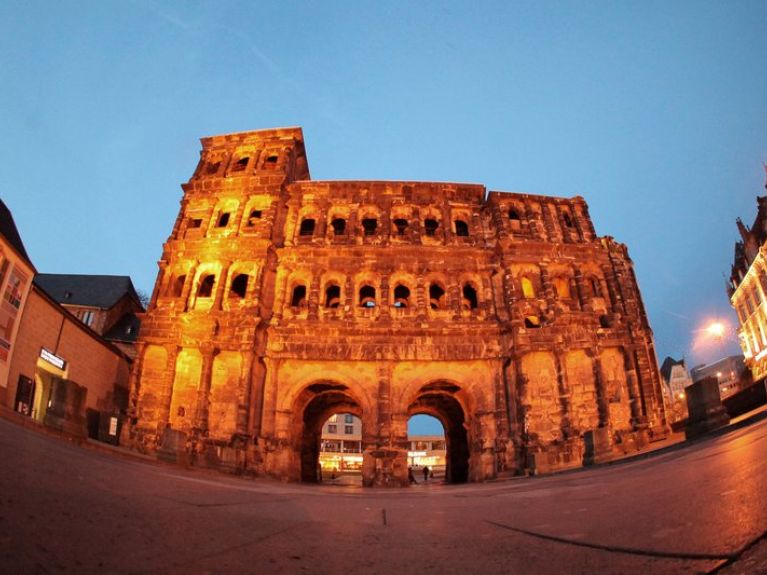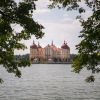World Heritage in Germany
From the coast to the Alpine foothills, from Saxony to the Saarland, these links inform you about destinations for trips and outings.

German UNESCO Commission
“As wars arise from the human mind, peace, too, must be anchored in the human mind.“ This has been the guiding principle of the United Nations Specialized Organization for Education, Science and Culture since the end of World War II. The Federal Republic of Germany became a member of this organization in 1951.
“Zeche Zollverein“ Industrial Complex
A witness to the industrial past of the region: “Zeche Zollverein“ in Essen was once the largest coal-producing mine in the entire world. Together with the neighboring coking plant, this site has been on the list of World Cultural Heritage sites since 2001. The industrial complex built in the “Bauhaus“ style is a living cultural center for history, art, architecture and design today.
Foundation of Weimar Classics
Goethe’s residence, the Duchess Anna Amalia Library or Belvedere Palace: “Classical Weimar” has been on the list of the UNESCO world cultural heritage since 1998. The Foundation of Weimar Classics takes care of these cultural treasures in Thuringia. As one of the largest cultural organizations in Germany, it also promotes literary studies on Goethe, Schiller and Nietzsche.
UNESCO World Heritage Sites in Germany
What do the Cologne Cathedral and the Museum Island in Berlin have in common? Both of them are UNESCO World Cultural Heritage sites, and they are only two of the many sites in Germany that have this claim to fame. The UNESCO began to list very special historical sites and natural phenomena as World Heritage sites in 1972.
